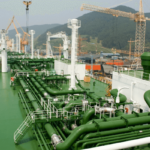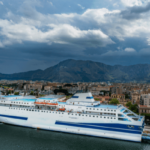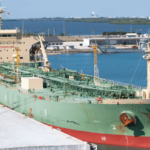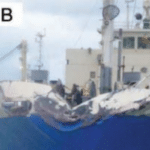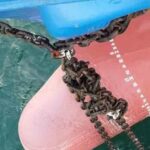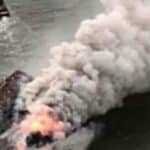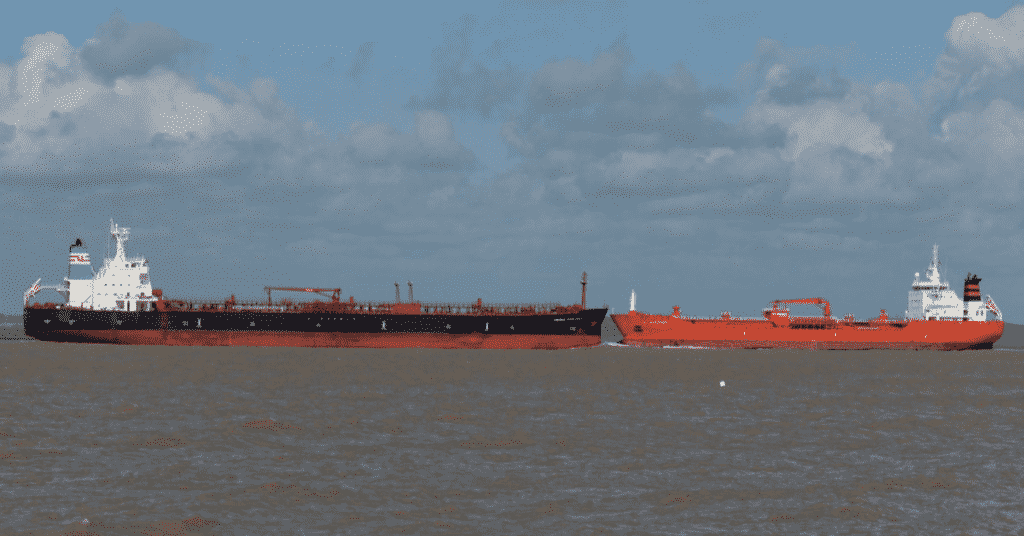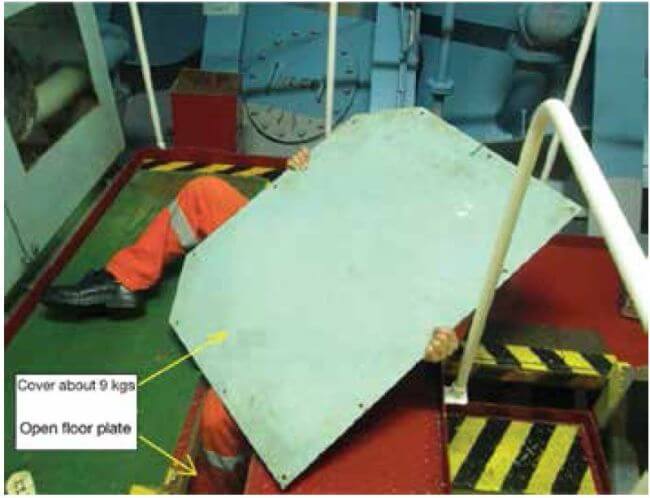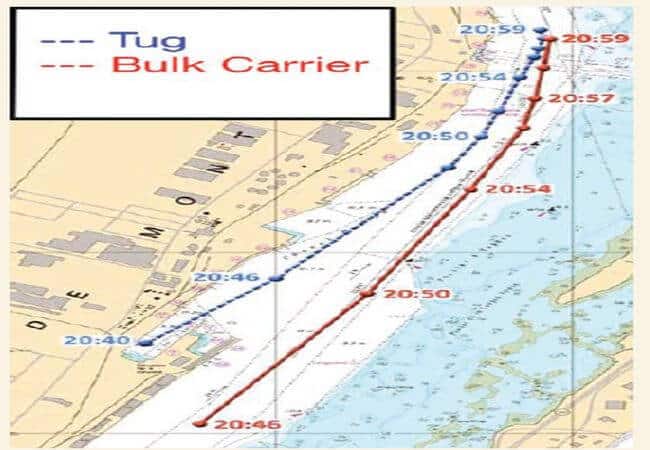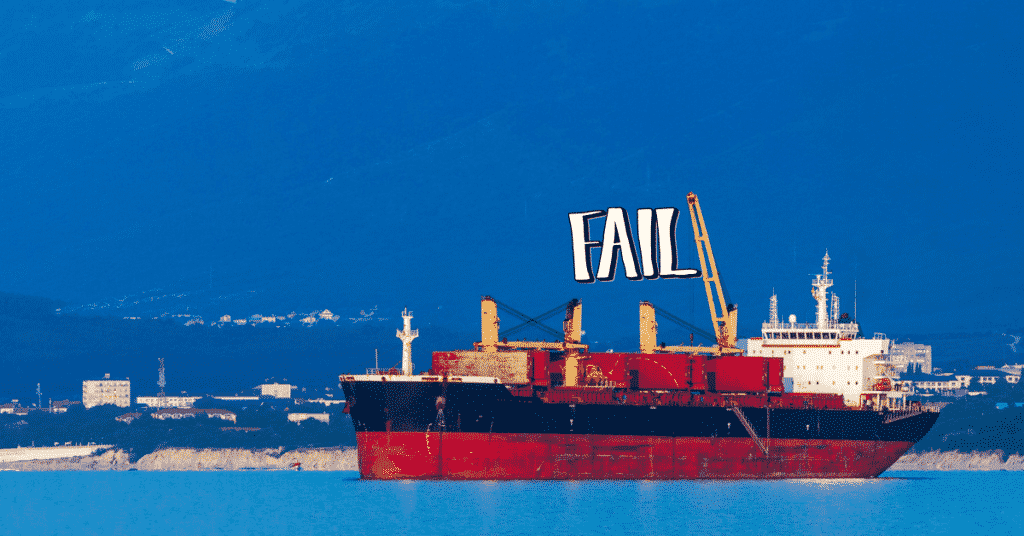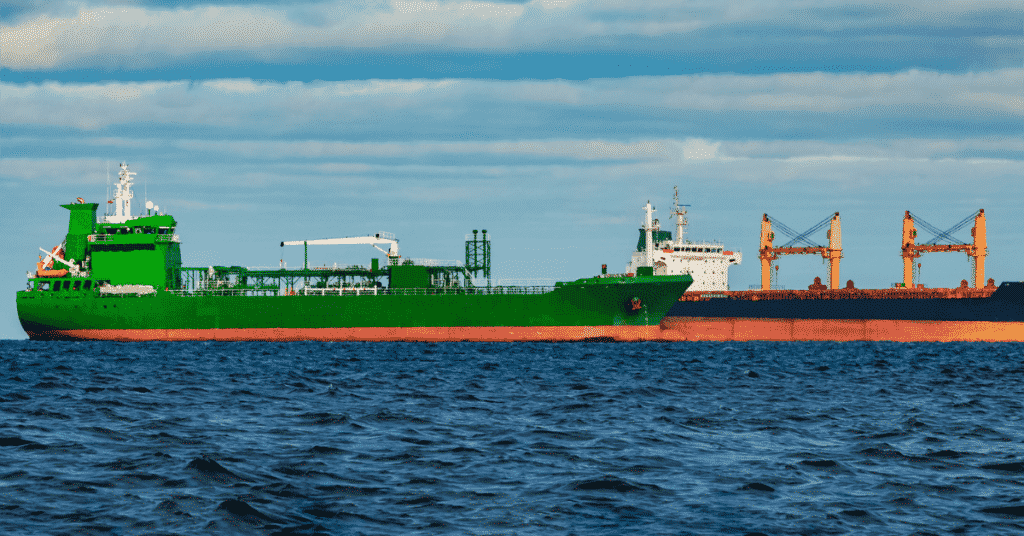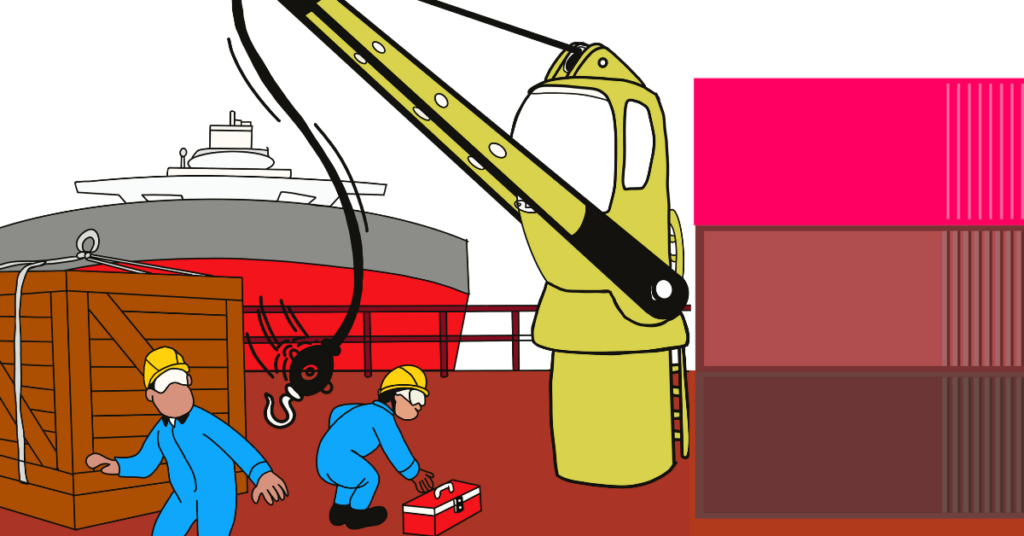Real Life Incident: Tanker Collides With Cargo Vessel While Leaving Anchorage
A general cargo vessel had to go to anchor near the arrival port, as the berth was unavailable. The winds were strong at force seven with gusts of force eight. Not long after anchoring in the northwestern corner of the anchorage, the vessel began to drag anchor under the influence of the strong winds and a current near two knots. The vessel exited the anchorage and was dragging its anchor into the nearby traffic lane.
The Master weighed anchor and repositioned the vessel in the anchorage once again, this time in the southwestern corner, 0.8nm from a tanker already at anchor. This distance is typical for such a busy anchorage.
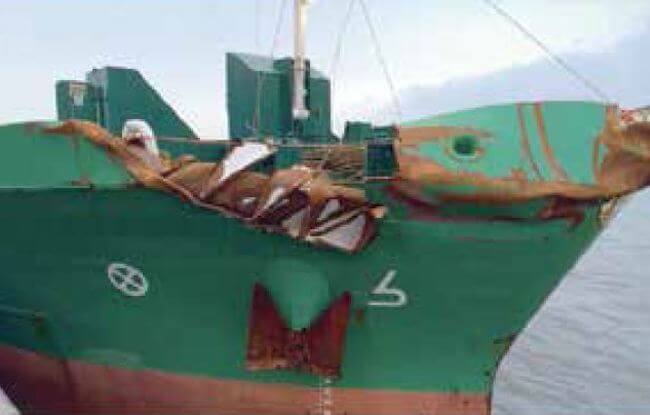
In the ensuing hours, each of these vessels dragged anchor in a northeast direction, becoming closer to each other. Eventually, the Master of the tanker decided it was prudent to heave anchor. Once the anchor was on board the vessel was swung to port towards the general cargo vessel with the intention of sailing clear. Because the tanker was in ballast and had hardly any speed, manoeuvring was hampered and the vessel’s movement was greatly affected by the strong wind and current, now acting fully on the vessel’s starboard side. The tanker was driven into the bow of the general cargo vessel – which was still anchored, but dragging – causing major damage to both vessels.
Lessons learned
- Vessels proceeding at low speeds, especially those in ballast condition, are greatly affected by wind and current.
- By stemming forces acting on your vessel you can maintain better control at low speeds.
Reference: nautinst.org
Do you have info to share with us ? Suggest a correction
About Author
Marine Insight News Network is a premier source for up-to-date, comprehensive, and insightful coverage of the maritime industry. Dedicated to offering the latest news, trends, and analyses in shipping, marine technology, regulations, and global maritime affairs, Marine Insight News Network prides itself on delivering accurate, engaging, and relevant information.

About Author
Marine Insight News Network is a premier source for up-to-date, comprehensive, and insightful coverage of the maritime industry. Dedicated to offering the latest news, trends, and analyses in shipping, marine technology, regulations, and global maritime affairs, Marine Insight News Network prides itself on delivering accurate, engaging, and relevant information.
- Real Life Incident: Vessel Collision in Good Visibility
- Real Life Incident: Severe Injury To Deck Crew While Leaving Berth
- Real Life Incident: Departure Damage in Very Restricted Waterway
- Real Life Incident: Low Situational Awareness Has High Impact Consequence
- Real Life Incident: Fouled Anchor in a Designated Anchorage
- Real Life Incident: Fire On Barge Carrying Scrap Metal Causes $7 Million Worth Of Damage
Latest Case studies Articles You Would Like:
Subscribe To Our Newsletters
By subscribing, you agree to our Privacy Policy and may receive occasional deal communications; you can unsubscribe anytime.




